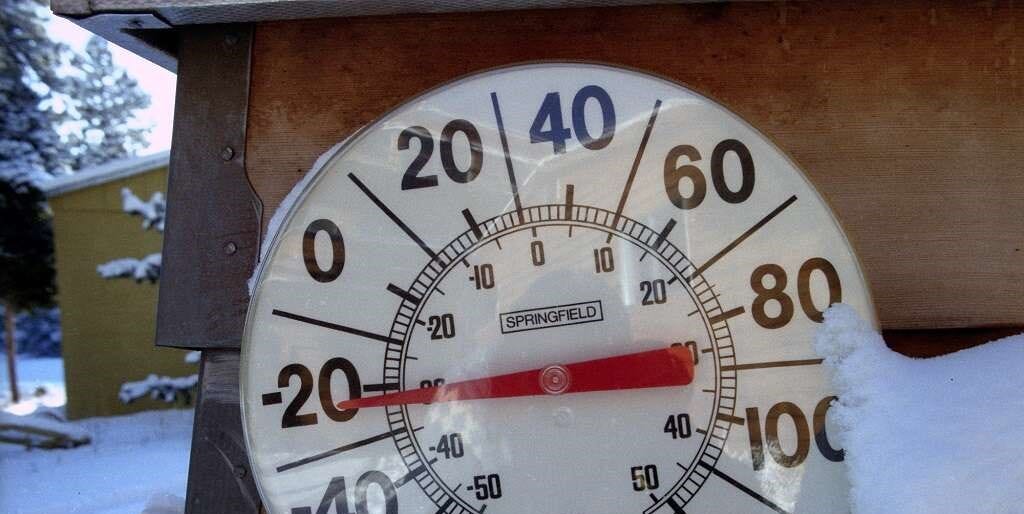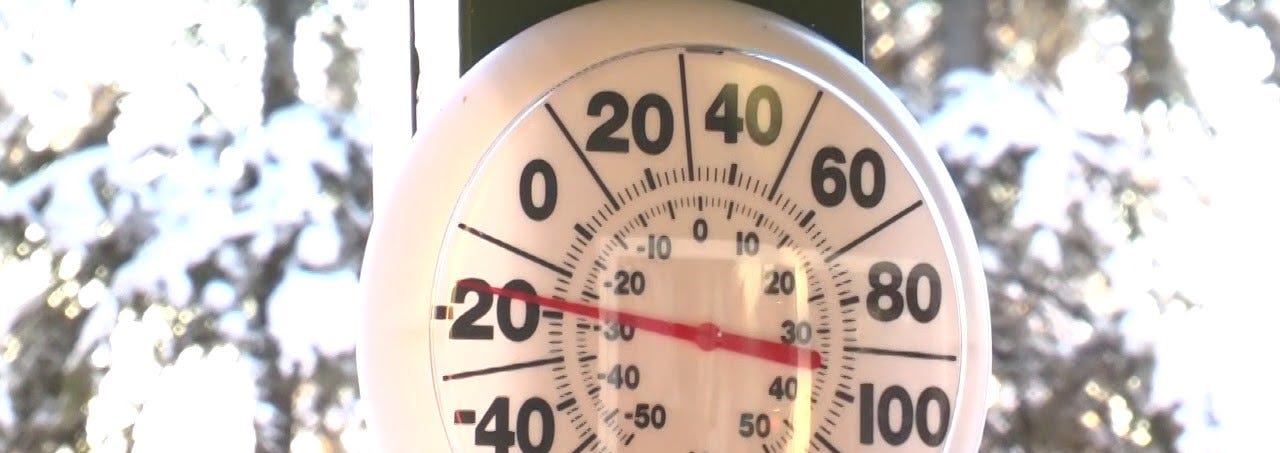Previously I've written about the three macronutrients: dietary fats, proteins, and carbohydrates. Specifically what they are comprised of and how important they are to our daily lives. In this post, I will be talking about how I utilized balancing these along with adjusting my daily caloric intake to facilitate a roughly 20 lbs weight loss (12% of total body weight) in way less than a year’s time. Oh, and to be clear, this was mostly from body fat.
Prior to the shutdowns of March 2020 that brought the world to a halt, I had gained weight during the winter in full anticipation of shedding some of it during the following summer. Quite natural really. Especially since during the warmer months in the northeast I like to exercise outdoors and eat a little less. At the time, I was close to getting to a target weight I had arbitrarily decided upon during the previous fall. Very well on schedule indeed.
So when the world shut down this most definitely threw a wrench in the works. Although I could and would eat the same amount of food, truth be told, I'm the type of person that loses weight during stressful times. I mean for years now I've been enduring elevated levels of stress that I've quite honestly gotten used to. Realistically, I should be a bit heavier but I digress. Anyway, surprisingly I only lost about three pounds due to this phenomenon. However, given that gyms had temporarily closed I was forced into calisthenics.
In and of itself, there is nothing wrong with doing calisthenics. As you may know, I write a lot about those body weight training techniques that are oh so beneficial. However, considering that the majority of my anaerobic training, or weight training, is done with a load greater than my body weight alone can provide, this eventually caught up with me. Without having any heavy weights to carry on my shoulders in addition to my body weight meant my muscles began to atrophy. With the exception of my back since I could still do pull ups.
So as my muscles mass decreased, of course I started to notice that my weight was going down as well. This meant I could no longer hold onto the negligible three-pound weight loss. As a result, I decided to go with it. It felt like the perfect opportunity to see exactly how lean I could get.
To put things into context I would say I have a mild athletic build. Look at a soccer players physique and this is where I stand. Well, perhaps with a little more visible upper body. But only a little.
The plan of attack was to put myself in an intentional mild caloric deficit, to the tune of 10%. This, I find, facilitates weight loss without going hungry at any point throughout the day. No hunger headaches, no anger, no hangry, none of that. In fact, if you try going in a deficit yourself, and this is happening to you then you're cutting too much. From here, it is a matter of how you're going to cut the calories, as in from which macronutrient.
Using a 2500 daily caloric intake as an example: 10% of a 2500 is 250. So, cut 250 calories by means we shall discuss below.
First and foremost it is important to know the relationship between each macronutrient measured by weight and its respective caloric impact. Specifically, 1 gram of protein provides 4 calories of energy. Ditto for carbohydrates, 1 gram of carbs converts to 4 calories. However, 1 gram of fat (either saturated or mono/poly unsaturated fats) converts to 9 calories.
For estimation purposes, meat, fish, poultry is protein rich with some saturated fats. Grain based foods such as bread, pasta, rice, quinoa, crackers are carbohydrate rich with some protein, and even less fat depending how they are processed. I mean these are the obvious ones. But remember, legumes (beans of all sorts) are carb rich as well. Less obvious are oils, nuts, and seeds. Oils are predominantly fats. Nuts and seeds are mostly fats with some protein and carbs. Dairy is tricky. Milk can have a decent amount of saturated fats or none depending on if it’s whole milk, skim, or in between. Milk also has carbs, by way of natural sugars, and protein. Ditto for yogurt. Cheese on the other end has little to no carbs, but lots more sodium. And unless you get nonfat cheese, saturated fat will be present. Fruits are carb rich via sugar. Vegetables are neutral having very little of any of the macronutrients. Both, however, should not be overlooked since they are very dense with micronutrients (vitamins and minerals) which are oh so important.
So based on the nomenclature above, cutting oils, nuts and seeds will have a greater caloric impact than cutting protein and carbs.
Now here is where I want the readers to stick with me. It may be a lot to take in at once, but looking up nutritional values of what you're eating on a constant basis would be most beneficial. Don't worry, after some time this will not be needed since it will be committed to memory for accurate estimates. Or, referencing the previous paragraph can also be helpful. Or both. Either way it's really important to know what you’re taking in via food. Doing so will allow you to accurately adjust your macronutrient intake and observe how this changes your health and well being short term. Short term knowledge will lead to long term expectation allowing a game plan to be devised for how to eat day in day out with a health purpose tailored to your lifestyle.
This is a perfect segue into the next order of business, determining a macronutrient mix that works for you. By this I mean the percentage of calories you ingest that come from proteins, carbohydrates, fats. Now stay with me a little further. To get extremely accurate, you can calculate this by measuring the food you eat. Either by using an inexpensive scale that measures in grams and ounces, coupled with looking up the nutritional value online, and macro to calorie conversions mentioned above. Or you can estimate by eye. I'd recommend begin the measuring by scale method first, then after becoming accustomed to this and what to expect, estimate by eye. Remember, dietary fats pack just over a two fold caloric punch over carbs and protein.
From here you must determine a macronutrient mix that works for you and your goals. If you're unsure how to begin, I'd recommend going 1/3 calories from protein, 1/3 calories from carbohydrate, 1/3 calories from dietary fats. Then, adjust accordingly. Realistically, people will need less carbohydrate than they think. Also realistically, in the standard American diet, we tend to have access to and therefore overeat carbohydrates. I can go into greater detail but this is a blog post, not my manuscript, in which I do divulge much more information.
At this point I'm going to quickly mention how I used all this information about food to my advantage which led me to become the leanest I'd ever been in my life. Like, well, sub 10% body fat lean.
Just prior to the shutdowns, I would say I was eating a bit more carb and fat than protein. But I eat a lot of food in general so I was still getting good protein in take in. To facilitate the body fat loss, I chose to keep my protein intake the same since I didn't want to lose too much muscle mass. This meant carbs and fats had to go. And in the beginning of my caloric deficit I didn't go a full 10% off the bat, I slowly crept up on it.
For breakfast, I'm big on eating nuts, seeds, and cheese to the tune of 2 ounces in total. For me this meant I slowly over time reduced this amount to just over 1 ounce in total. Then, rather than eat a upwards of 2 slices of whole wheat sour dough bread with lunch (ditto for dinner), I slowly worked my way down to half a slice. To my recollection I believe I also tried to not eat as much fruit, but I didn't cut this as much as grain based foods. Oh, and I was mindful of how much oil I was using while cooking and dressing vegetables since these pack a huge caloric punch as I discussed before.
And there you have it. Within no time I got down to the point where my body was cut up and sliced up in ways it had never been. Veins started popping out in areas I didn't even know had veins. It was crazy, especially the reactions from folks at the gym which was strange a little but I get it. I mean, this all happened when they were closed so when I got back it was a bit of a shock to how I used to look.
Don't get it twisted though, one day a week I was still eating as much food as my stomach could handle. And I brought this to the edge let me tell you, but, the weight still came off. All told, it was very close to six months in total. I never really went tired. I never went hungry. I was consistent and didn't waver for I didn't feel the need to. I was very comfortable throughout the whole process. All the while, I kept my physical training routines the same. No extra weight lifting or cardio.
For sure, I felt extra light on my feet. But when it came time to handle some health issue I'd been putting off (since childhood really) my perspective changed. I had to have a minor surgery done on my thigh. I was weighed after not eating all day for a late afternoon operation, and the figure was quite alarming to me. Even though it was some 5 lbs off since I was on an empty stomach I decided it was time to put the weight back on. Which is going to be the next post in this macronutrient series, cause I've gained all that back and then some. The interesting bit is that I've kinda streamlined the techniques I used above to remain relatively lean throughout this process while predominantly putting on muscle mass. It's rather interesting indeed.
So in short, be cognizant of the macronutrient mix present in your daily diet. Utilize the information and techniques I mentioned above. Adjust this mix accordingly so that you can perform in all aspects of your life at your best while being at a body composition you're comfortable with. And when you go into a caloric deficit, ease into the neighborhood of 10% and not much more. For if you go well above this, or go full 10% too soon, you will not be happy or be able to endure the process. And as always, when considering doing this for yourself, come to these conclusions based on an overall life performance and health goal, not an aesthetic one.
To help grow this newsletter please Like, Comment, Share, and Subscribe.
To help support this newsletter, consider purchasing a Subscription.






